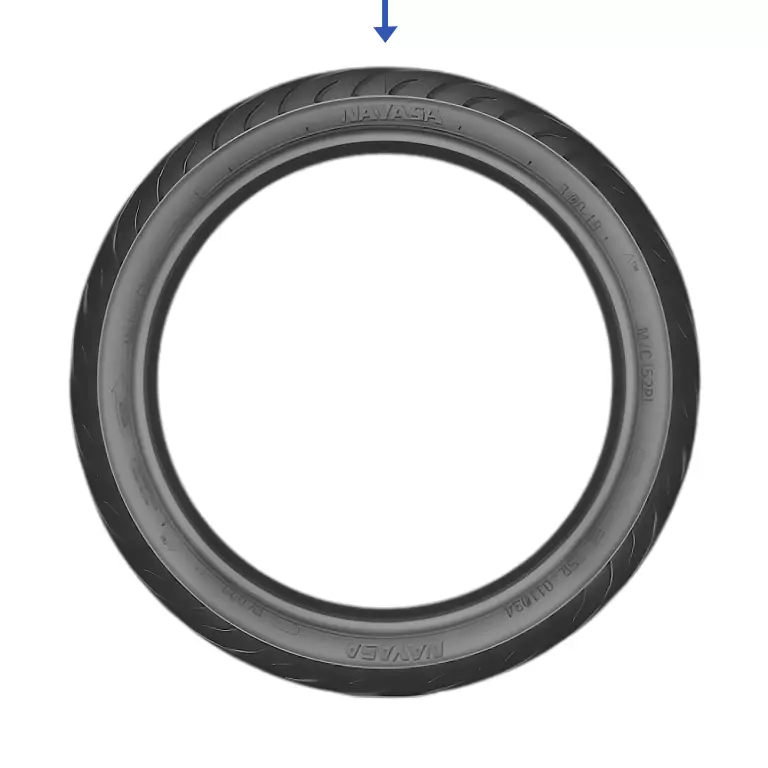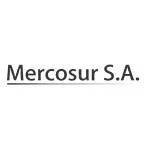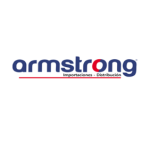Street
Street
Experience superior performance, ultra-quiet rides, better fuel efficiency, smooth handling, exceptional grip, and long-lasting durability with our advanced tires.
Off Road
Off Road
Ultra-high performance, multi-terrain grip, precise lug design, high-speed stability, long life, high tensile strength, durability, and outstanding traction.
Commercial
Commercial
Ultra-high performance, one-way design, increased mileage, low noise, all-climate use, high-speed control, high load capacity, durability, and excellent grip.
Scooter
Scooter
Ultra-high performance scooter tires with low noise, better fuel efficiency, smooth handling, great stability, high durability, reduced wear, and excellent grip.
Moto Taxi
Moto Taxi
Ultra-high performance moto taxi tires with low noise, greater fuel economy, smooth ride, sharp steering, high stability, reduced wear, durability, and excellent grip.
Before the production begins, we work hard on research and development, from the rubber compound to the tread pattern thereby ensuring that the end product meets our client’s/clients’ expectations.
The compound which is a mixture of black carbon, rubber and certain accelerators in the Banbury is passed through rollers to achieve a uniform appearance. As the mix passes through rollers, the rubber compound is gradually cooled to provide the desired dispersion. Meticulous compound storage, coding and cooling systems guarantee uniform as well as foreign substance free materials for the extrusion process.
The compound is then passed through the tyre extruder line and inner tyre slicer in delicate, error free and controlled manner. Strict supervision of the tyre curing presses (with different heating mediums) and the core fitting machine maintains good surface finish and ensures that the vulcanization process is carried out the right way.
Post the entire process; batch of tyres go under rigorous tests at ETDAC (Eastman Tyre Development and Analysis Centre) where both off road and street tyres are tested for high speed endurance, durability tested via plunger and physical test via tensile testing machine. They are also subjected to abrasion test, to measure resistance.
Another test includes, ash content test is done to measure organic material content.
In a nut shell, we ensure quality by
- Dimensional measurements of overall rim width, overall rim diameter, depth, etc.
- Tire strength test (plunger test)
- Endurance test
- High-speed performance test and dynamic growth % test
- Physical properties of tyre compound
- Tensile strength test
- Elongation test
- After all the testing, we proceeded with the production of the entire lot.


There are essentially two types of size marking used for motorcycle tyres:
1. Imperial
2. Millimetric.
All of these marking systems describe the width (W), height (H) and rim diameter (dr) of a tyre size. The tyre aspect ratio drawing (on the Wheels and Rims) shows where these dimensions are measured from and the overall diameter (D).
The height of the tyre and hence its overall diameter (D) is controlled by the Aspect ratio (Ar).
Tyre sizes for all motorcycle tyres are expressed as:
Width/Aspect Ratio – W/R Construction and Rim diameter – dr
For older Imperial sizes the Aspect ratio is 100% and not shown.
For Example: 3.50 – 18 = 3.50″ sectional width, 3.50″ sectional height — 18″ rim diameter
Perhaps the most easily understood size markings are the modern millimetric type.
For Example: 110/90-18 = 110 mm sectional width/ 99 mm sectional height (110 x 90%) — 18″ rim
diameter
The effect of changing the aspect ratio is to change the overall diameter of the tyre:
120/100 – 18 D = 120 X 100% X 2 + (25.4 X 18) = 697.2mm
120/90 – 18 D = 120 X 90% X 2 + (25.4 X 18) = 673.2mm
120/80 – 18D = 120 X 80% X 2 + (25.4 X 18) = 649.2mm
Each of these rims is 120mm wide and fitted on an 18 ″ rim diameter, but as you can see
there is a significant difference in overall diameters.
GENERAL INFORMATION
- In bad weather conditions, unloading at the time of receipt must be carried out in a covered area; in any event, if water is found inside the tyres, it must be removed immediately.
- Unloading must not be carried out by dropping the tyres or by any other method which could damage the quality or visual aspect of the tyres.
- Tyres must not be moved by inserting the forks of a fork lift truck through the center of a tyre which could damage the bead area.
- Tyres must be stored inside a clean, dry and ventilated area, protected from direct sunlight or other source of artificial light (illumination must be realized with lamps of low ultraviolet and infrared emission).
- In the case of temporary external storage, the tyres must be covered (eg. with an impermeable opaque material) and protected from contact with water and humidity.
TEMPERATURE
The storage temperature must be less than 35°C and preferably less than 25°C. A temperature greater than 50°C, especially if stock rotation is not sufficient, can result in accelerated forms of deterioration which reduces the durability of the tyre. Avoid contact with heaters and radiators. Very low temperatures in the storage area, do not necessarily affect quality but can affect rigidity of the tyre. In this case, they must not be deformed during movement. If tyres are to be fitted immediately as they are released from storage, it is necessary to keep them for a few hours in an area with a temperature of approximately 20°C.
OXYGEN, OZONE AND CHEMICAL SUBSTANCES
Appliances which generate ozone must not be introduced into the storage area. Gas and vapors from combustion which can generate ozone via photo-chemical processes must be excluded from the area. Neither the area nor the equipment in the storage location should have traces of solvents, lubricants, chemical products, acids, disinfectants, rubber solutions, etc. which could affect not only the visual aspect but also the characteristics of the product.
STORAGE OF TUBE AND VALVES
Inner tubes that are supplied in single boxes, large box or wrapped in a plastic film, it is always preferable to maintain the original packaging. As an alternative they can be stored by slightly inflating and inserting it within a tyre, or piled deated up to a maximum height of 50 cm on racking shelves with a closed base. It needs to be ensured that valves don’t damage the surface of the tube, when squashed under the pressure of their own weight. Also, one needs to be sure that tubes do not overlap the edge of the plane on which they are stored to avoid accidental laceration. It is not recommended to store on slatted pallets because the pressure applied to the tubes will not be uniform. Do not hang inner tubes during storage. Valves should be stored in their packaging in a clean, well ventilated and dry location.
TURNOVER
The storage location must be organized in such a way as to guarantee constant stock rotation, limiting to the minimum storage period of tyres. Products which enter storage first must be the first to leave. Hence, using the principle First In – first out.
Request a Quote
Ready to Work Together? Build a project with us!






